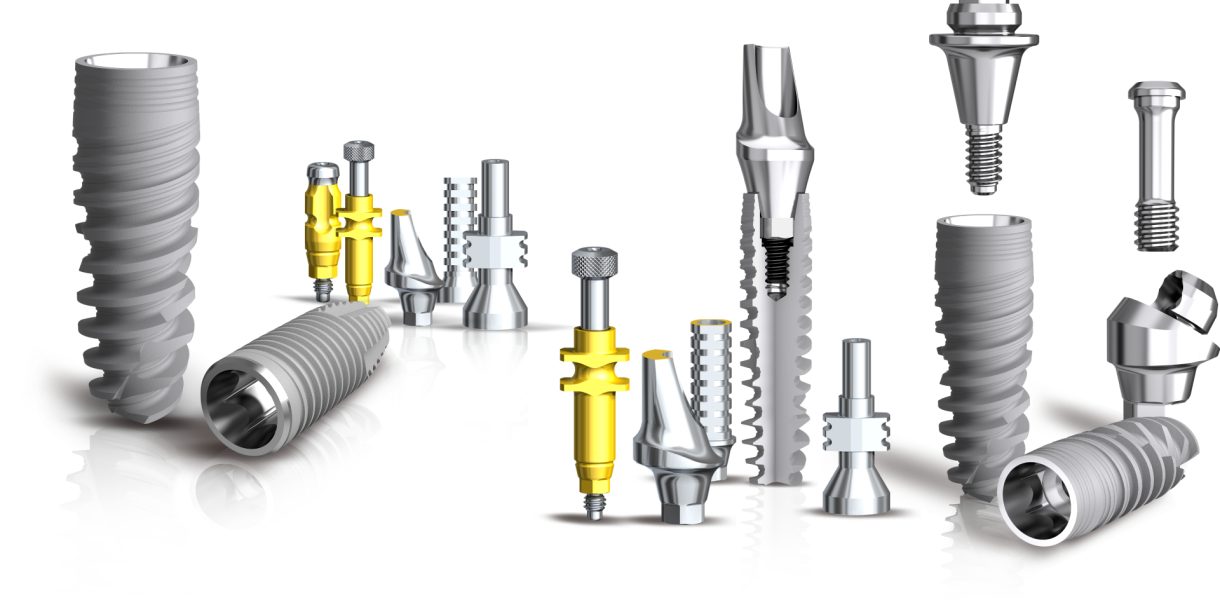In an ideal scenario, immediate placement of an implant can follow the extraction of an irreparable tooth. However, for the most part, patients should anticipate a potential year-long process to complete dental implantation due to the involvement of several stages, each requiring adequate healing time before proceeding to the next.
Outlined below are the typical stages involved in a dental implant procedure:
- Comprehensive Dental Examination: Prior to commencing the implantation process, your dentist will conduct a thorough assessment. A notable advancement from earlier years is the utilization of 3D imaging through CT scans. This enhanced technology enables a more comprehensive evaluation of your dental health, particularly concerning the bone that will provide support for the implant.
- Tooth Extraction: The subsequent phase involves the extraction of the designated tooth or teeth to be replaced. While this is often performed by an oral surgeon, there are dentists specialized in implantology who can manage the entire procedure from start to finish.
- Bone Grafting: In instances where the initial examination reveals insufficient bone structure to support the implant, your dentist may conduct a bone graft. This entails transferring bone from another area of your body to the deficient site. Synthetic and natural donor bone alternatives are also available.
- Implant Placement: Following the healing of the graft, your dentist will bore into the jawbone and affix the implant. Depending on the extent of the bone graft, these two procedures might be executed concurrently. The implant serves as an artificial tooth root and necessitates secure embedding within the bone, mirroring the anchoring of a natural tooth. During your recovery period, as the implant integrates with the bone—a process termed osseointegration—you might wear a temporary, removable denture to cover the void created by the extracted tooth.
- Installation of Abutment: Approximately two to three months later, once enough bone growth has transpired for stability, the abutment—essential for securing the crown—is attached. The surrounding gum is then sealed around the abutment. Subsequently, a healing phase of four to six weeks ensues.
- Crown Attachment: The concluding stage involves affixing the customized crown. Crafted to match the color, shape, and size of your natural teeth, the crown is created based on molds or digital impressions taken after the placement of the abutment.



